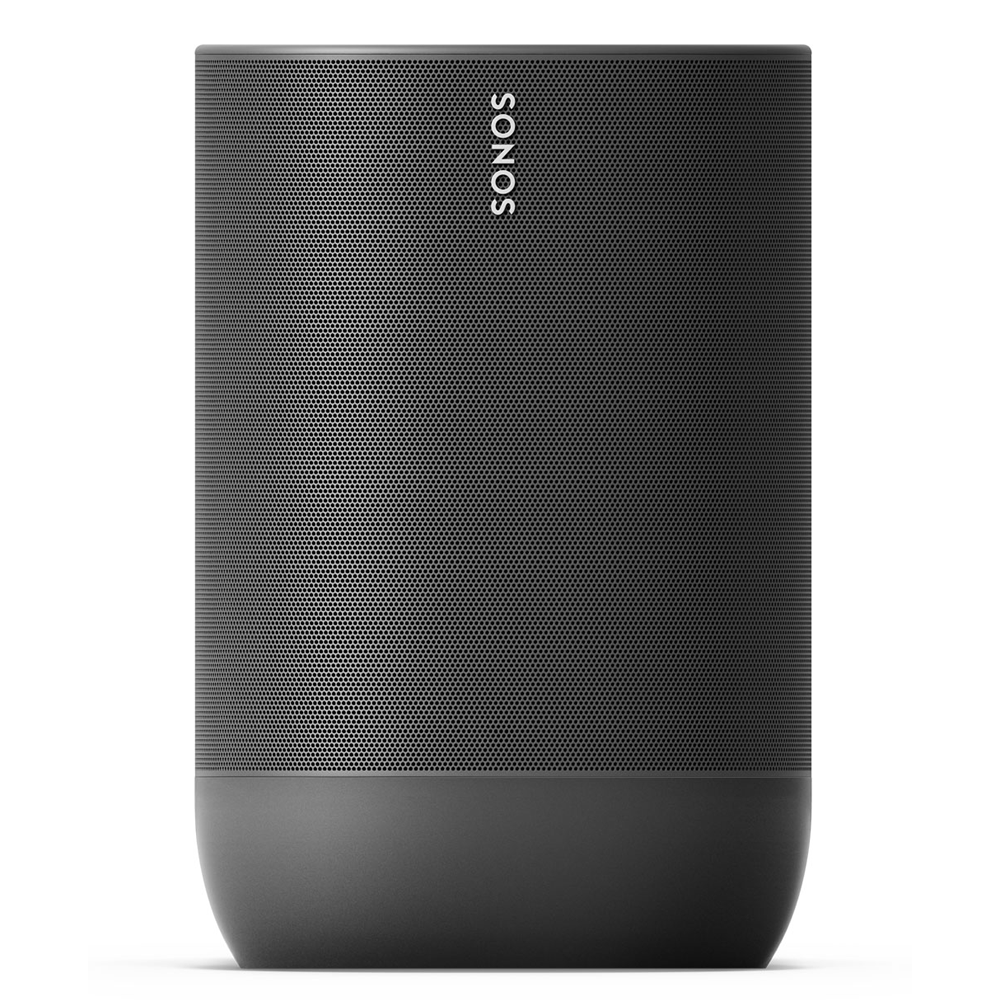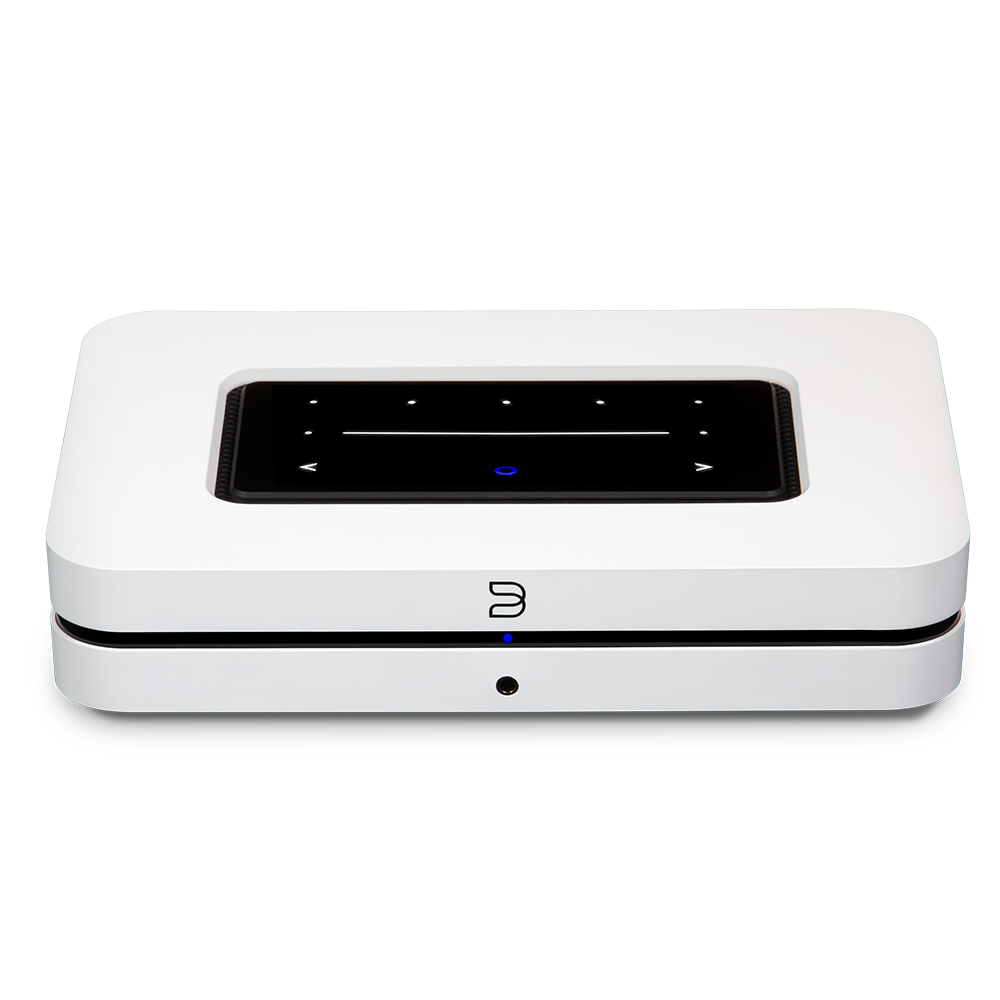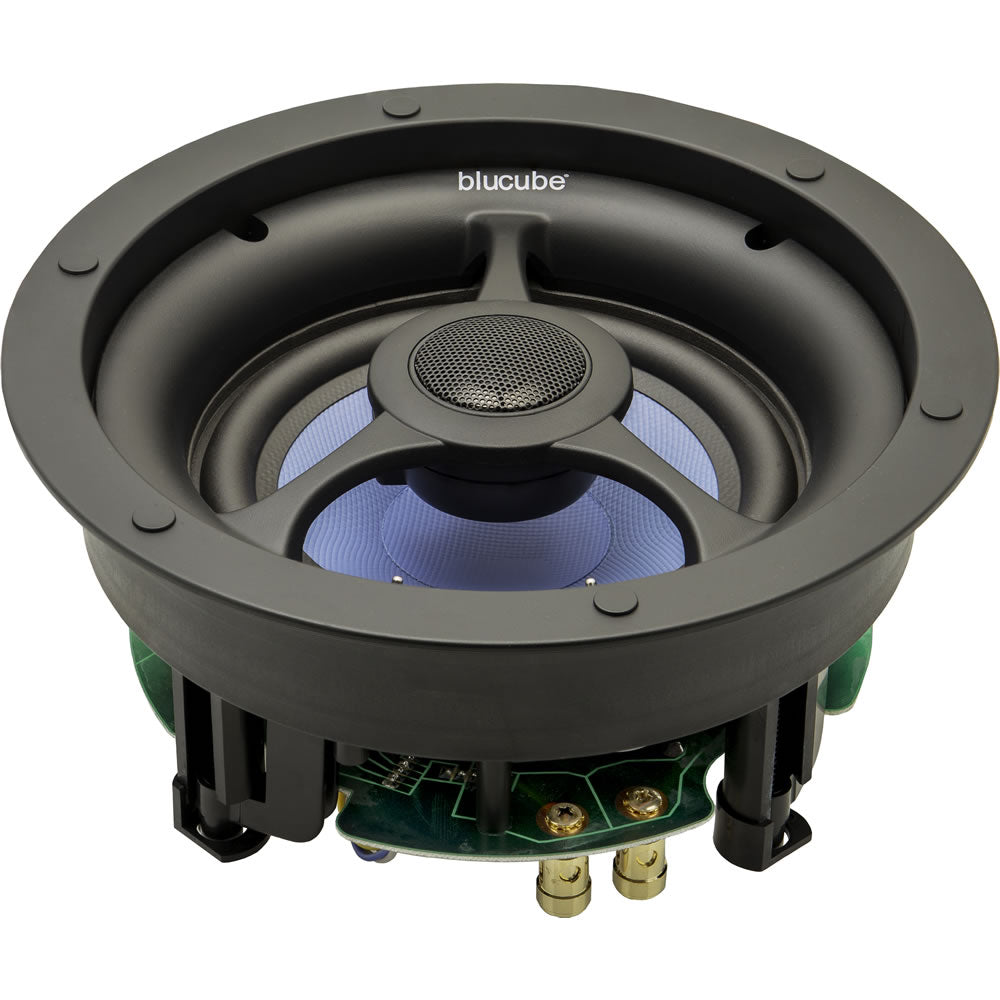Refined over many years by Monitor Audio, Ceramic-Coated Aluminium/Magnesium is used as a driver cone material for all our speaker designs from the mid-market models up. Originally developed by the aerospace industry for jet engine components, C-CAM's properties are ideal for loudspeaker cones being extremely rigid, yet light enough to yield high overall efficiency. C-CAM bass drivers are able to resist the bending distortion imposed by sudden and extreme bass excursions to reproduce very clean, deep and dynamic bass frequencies. Conventional cone materials are more likely to flex in operation, producing a significant level of audible distortion.
RST®
The Rigid Surface Technology (RST) cone profile is inspired by the Japanese art of Origami, which demonstrates how a very light material (like paper) can be strengthened and made more rigid by making small and precise folds on its surface. Monitor Audio has applied this principle in designing the CAM/RST cones for the GX and RX ranges. Developed and perfected using sophisticated computer modelling (Finite Element Analysis), the GX mid and bass driver cones have been strengthened by a series of radial ribs; the RX driver cones by a pattern of dimples. Our simulations have proved that RST significantly increases cone rigidity, allowing the radiating surfaces to resist mechanical bending forces, which can twist the shape of conventional driver cones to produce distorted sound. The strengthening effect of RST means that we can use thinner, lighter and more responsive C-CAM cones, which provide speed and accuracy while offering greatly reduced distortion. The RST patterns also help to displace standing waves that can propagate on the cone's surface.
IDC®
The in-ceiling and in-wall LCR models employ a unique pivoting Inverted Dual Concentric midrange/tweeter module offering up to 18 degrees of play. This allows for the speakers to be discreetly positioned and the sound to be directed toward the listening zone by pivoting the IDC driver module to maximize performance. With the IDC module installed, these architectural speakers become true 3-way designs, offering superior performance and flexibility over typical 2-way or fixed angle speakers.
Within the proprietary IDC module an inverted 4" midrange driver provides superior dispersion while enabling the midrange cone and tweeter dome assembly to be set as far forward as possible, allowing a clear acoustic 'sighting' of the desired listening zone and reducing undesirable diffraction effects. It's impossible to avoid diffraction effects from conventional two-way designs, which locate the bass driver 75mm (3") to 150mm (6") behind the speaker grille.
C-CAM® DRIVERS
Ceramic-Coated Aluminium/Magnesium is a material originally developed by the aerospace industry for jet engine components. Its properties are ideal for loudspeaker cones being extremely rigid, yet light enough to yield high overall efficiency. In manufacture, aluminium/magnesium alloy undergoes a three-stage stress-relieving process to remove surface deformation and molecular weakness. Once formed, the alloy cone is subjected to a high temperature anodic coating process in which a layer of pure ceramic alumina is depleted onto its surfaces to a depth of 50 microns, producing a completely rigid sandwich of alloy and heat-dissipating ceramic material.
Conventional cones are liable to flex or twist in operation, producing a significant level of audible distortion. C-CAM cones have a much higher resistance to bending stress and therefore exhibit much greater fidelity over their entire operating range. C-CAM tweeters and woofers share an audible consistency producing a smooth transition of frequencies and a sense of realism and cohesion in the soundstage.







